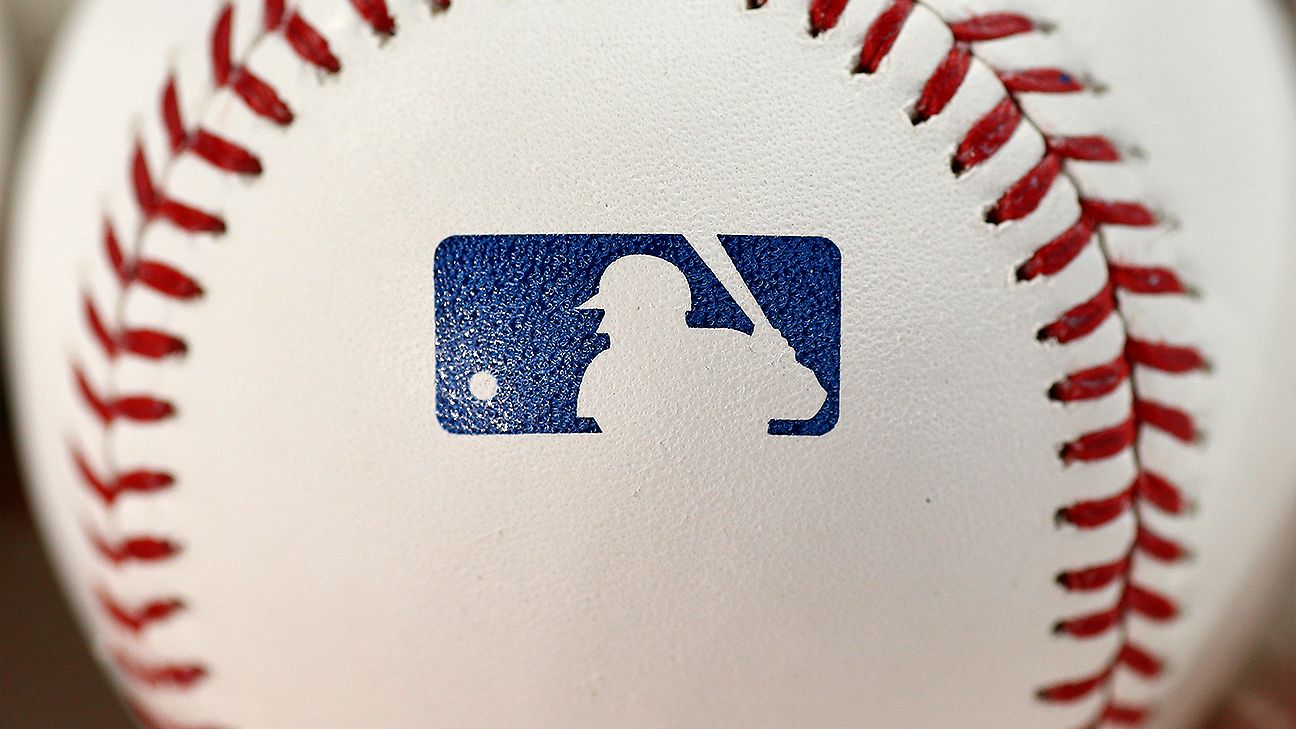Sixty of the 5,754 people in a study of the Major League Baseball employee population tested positive for coronavirus antibodies, a rate lower than what similar studies run in California found, the studies’ authors said Sunday.
“I was expecting a larger number,” said Dr. Jay Bhattacharya, a professor of medicine at the University of Stanford, which ran the study. “It shows the value of doing the science as opposed to guessing.”
The results of the study, which was held in mid-April, revealed a prevalence of COVID antibodies in the MLB employee population of 0.7 percent — a number adjusted to reflect testing accuracy. The survey showed that about 70% of those who tested positive for COVID antibodies had been asymptomatic.
Twenty-six of MLB’s 30 teams participated in the study, which sent out 10,000 test kits. Because of stay-at-home orders and other logistical complications, 5,754 of the tests, in which participants use a pin prick to draw blood and received almost-immediate results, were completed. A total of 5,603 completed the tests and filled out a survey that accompanied it.
Men comprised 60% of the population and white people 80% — numbers that don’t necessarily reflect the nation and make extrapolating the findings problematic. Similarly, Bhattacharya said, the prevalence of white-collar workers among the MLB population could account for a prevalence rate lower than those found in different samples with tests done in Santa Clara County in Northern California and Los Angeles County in Southern California.
“There’s a socioeconomic gradient where poorer populations are facing COVID infections at higher rates,” Bhattacharya said.
Among those with COVID antibodies in the MLB study, in the two weeks prior to the test:
Bhattacharya said the study has not been peer-reviewed but that he plans to upload it to a preprint server for criticism as well as a medical journal to peer review.
While the Santa Clara study drew criticism from some medical professionals and mathematicians for its use of statistics, Bhattacharya said the increased number of antibody tests done nationwide has enhanced his confidence in the test’s sensitivity and specificity, both of which are vital for accurate results. While the prevalence of the study is 0.7%, the adjusted prevalence, which accounts for error, is between 0.28% and 1.15%, according to the authors.
“This is science working,” Bhattacharya said. “You put your hypothesis forward. You put your work forward. Your peers evaluate it critically. I think we’ve done a very good job of learning from our fellow scientists.”
Added Dr. Daniel Eichner, who runs the Sports Medicine Research and Testing Laboratory that helped arrange the study with MLB: “Being at the forefront of anything, if you’re the first, people are going to come back and say why didn’t you do this or that. … If anything, it’s been shown to be more robust.”
The interest in the MLB study — which is the largest coronavirus-related antibody study in the United States — prompted Bhattacharya to release it before a peer review.
“I’ve never gotten so many emails in my life about the results of a study before,” he said. “There was a huge amount of public interest. I felt a responsibility not to wait.”

